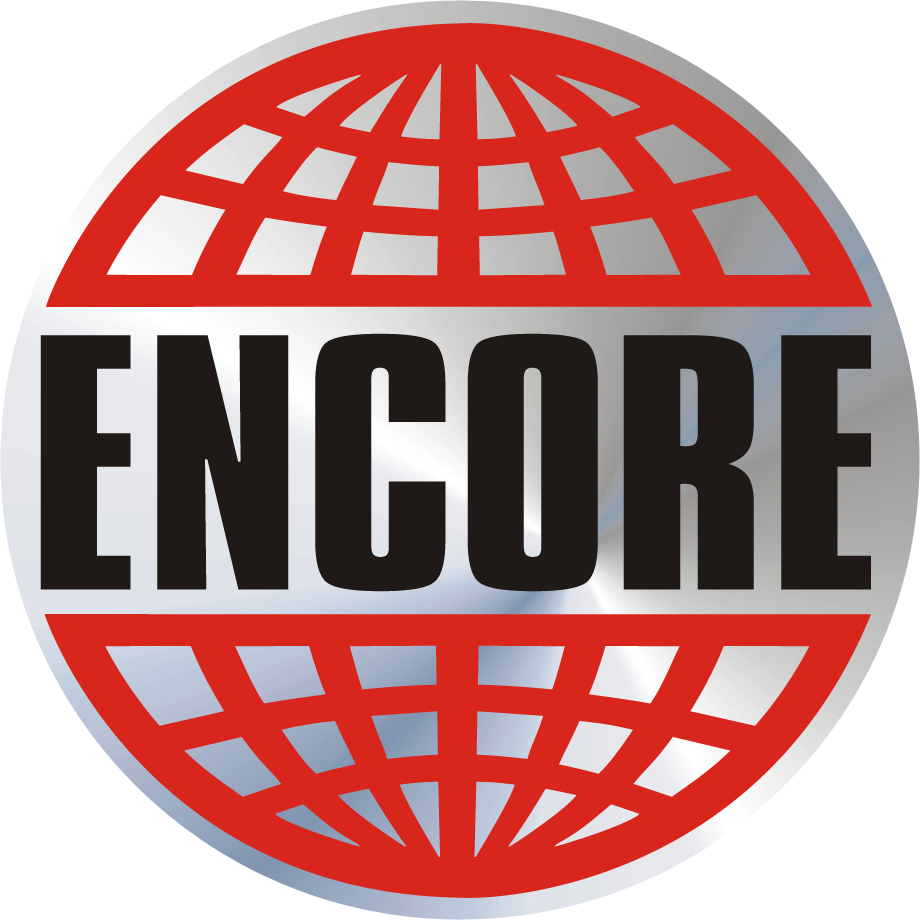Planetary Resident
Encore and company transition to a greener, carbon-free environment. Our thoughts, programs, and plans on how to become a more responsible, corporate citizen and planetary resident.
Part one of three.
Photo Credit: FredL 2.0
As part of the transport community, we have to begin taking the lead in reducing our carbon footprint and exhaust emissions. Our big engines are contributors and we should accept this fact and work toward solving the problem rather than howling at the moon like an industry of kicked dogs.
For years we have simply accepted the new engine criteria and lower emission thresholds bit our tongue and carried on. Most of us changed nothing; we tried to continue hauling and trucking the same way we had, the year before and the year before that. And we slowly started sinking into the red. Even the most stubborn of us, began to realize, there was much more to this lurking berg of environmental change hiding below the waves.
And the engine, that smoking powerplant of thundering pistons, center of the controversy is where we need to start. The complications of recirculating exhaust systems and environmental controls have proven too much for some of the major builders. A few have given up the highway power business altogether. We are finally finding a much more reliable system in the newer engines. This is a much-needed relief, as most transport companies have had to invest far too much of their own maintenance time and money into repairing and upkeep of the emissions controls, most of the time more than the rest of the engine. They are getting better.
The regeneration, environmental, system on the newest generation of diesel engines, remove approx. 98% of all contaminants from the emissions. Our new units emit less than 1/60 of the exhaust emissions than the same horsepower engine a decade ago. That’s a big step, we have effectively taken 59 trucks off the road. The oils are better and the mileage between oil changes has been increased. All good, but that’s just the start.
We pair our power requirements with the loads we normally haul. Our boom (crane)trucks rarely haul maximum weights, so we have specified smaller, lighter motors. 400 hp, not 600 monsters. They are also low rpm, high torque models, so we are running the same speeds at a lower revolution. For example 100 km/hr at 12-1300 rpm rather than 15-1600.
Most manufacturers now offer more aerodynamic models. The vocational, double framed trucks have traditionally been a squarish, tough-looking model; designed for strength and reliability. That can hurt airflow and your fuel economy. We needed those qualities in a streamlined package and found them. The manufacturers are also tuned to the environmental concerns and offer any client a discount just for choosing a fuel-saving design.
By thinking long term, Encore has been able to plan moves far enough in advance to factory order precisely the units we need. Just to order and wait on a factory build is 3 to 6 months in this environment. The truck build is another 3 months. So just under a year before you’re on the road and rolling. This type of long-term necessary planning, looking 1-3-5 years ahead, has become critical to our industry. A year to build and 3 to 5 to pay for the unit; that’s the hard reality behind every shiny highway rig.
But if we manage to get ahead, then we can spec the appropriate transmission, and pre-ordering allows us to acquire the perfect rear-end ratio. How many revolutions are the rear tires doing to run a mile, or a hundred, or a thousand? It adds up fast to the fuel, the tires, and general wear and tear. But the huge factor is allowing your engine to lower its rpm to turn those wheels. Our older units had very high ratios, over 5.5, even 6.5. Today’s standard is a more practical ratio of 3.9-4.1 We went further and have dropped our new units to 3 and 3.5. We are hoping these changes increase our mileage by 25% or more. In the world of the big truck, where a pathetic 4-4.8 miles per gallon is acceptable, a 25% increase is a large move. For the environment, our carbon footprint, and our bottom line.
It is possible to obtain the type of monetary savings where within 10 years, you might pay off the truck in fuel savings alone. The lower RPM conserves the oil integrity, the cooling system is not stressed out, because we are not running as hot or as hard; and the entire driveline is running cooler. These are attainable goals, not dreams.
We have protected the environment and possibly saved the company from ruin, as all the other related costs have continued to rise. If more companies search for savings they may incidentally save the environment too.
This argument should extend to the smaller units too; not a huge component of our fleet, but our pick-up trucks and delivery cars are necessary units.
We have ordered an electric pick up, the Tesla, all-wheel drive, mid-range model; and should take delivery this year. It is completely electric and we plan to use it for most of our in-town parts run, deliveries, and client assistance.
Part Two of Three coming Mar 2, 2021.
